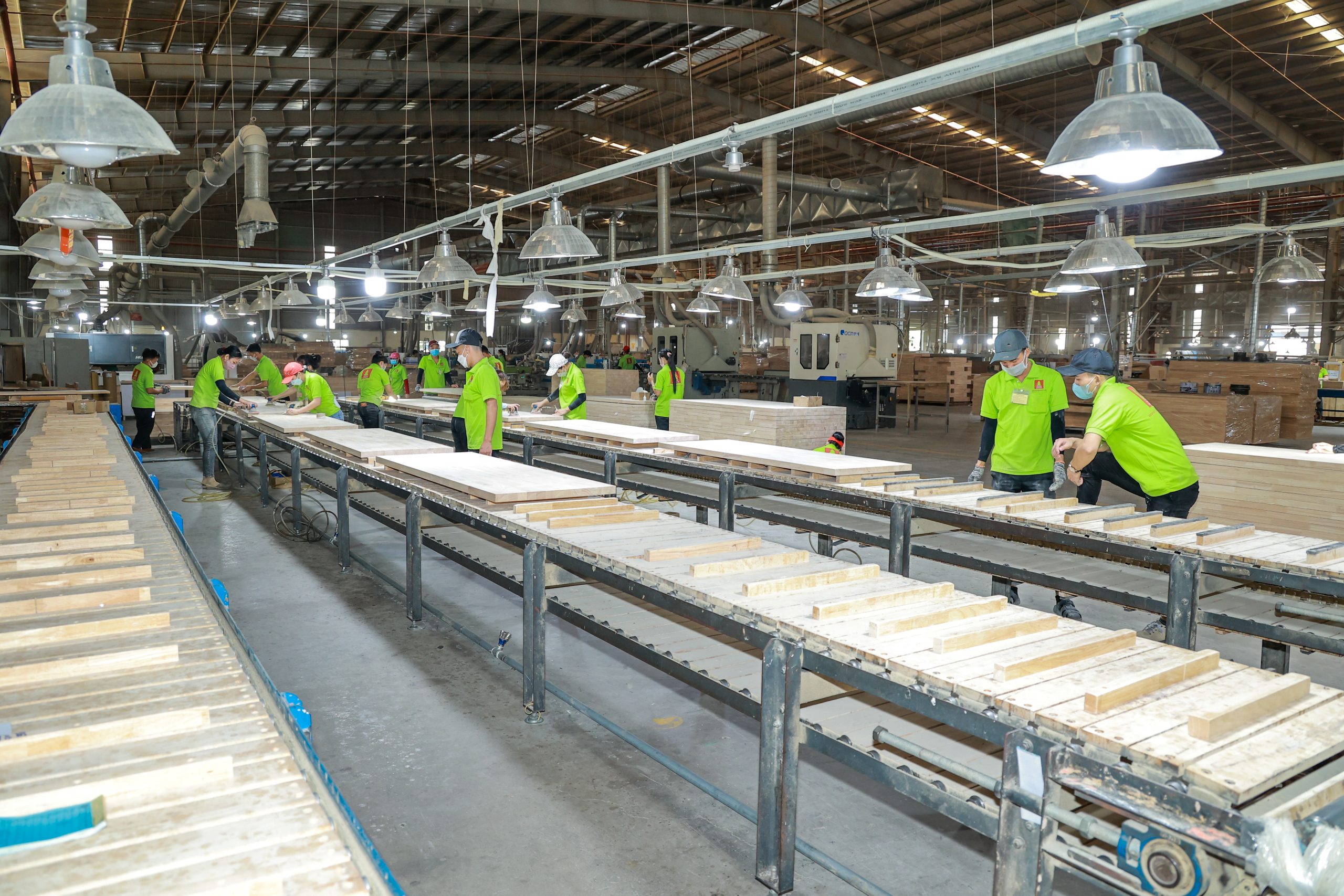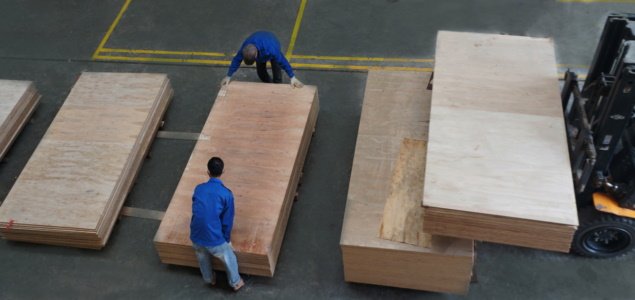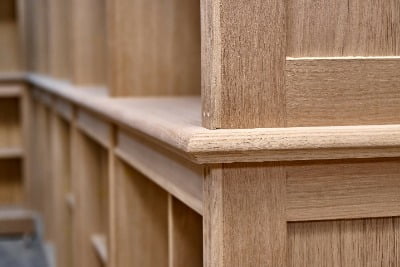Understanding the US market has always been a crucial requirement for Vietnamese wood exporters, especially in the context of declining wood exports in recent times. Surveying the consumption trends of Americans has become even more essential.
One of the segments that Vietnamese manufacturers have exploited most effectively during the Covid-19 period is kitchen and bathroom furniture. However, according to reports from Catalina on kitchen and bathroom wood furniture trends, the sharp decline in the US housing market has caught up with manufacturers and marketers of kitchen and bathroom products in the first half of 2023.
The sales volume in USD of manufacturers (excluding exports plus imports) decreased by 5.6% in the first half of the year. However, the rate of price increase has slowed down as inflation pressures eased.
Sales in USD have declined this year compared to a 10.8% increase for the entire year 2022. As the US Federal Reserve raised interest rates, sales declined in the first half of 2023, along with new home construction and existing home sales. Increased interest rates have led to a significant decrease in demand for homes (both new and existing) over the past year.
Sales of cabinets and countertops decreased at a moderate pace in the first half of 2023. Bathroom doors, on the other hand, outperformed the industry’s general trend and gained market share. These products seem to have increased their market share, reflecting continued growth in the higher-end segment of the market.
On the other hand, inventory products saw the largest decline. The sharp drop in sales of inventory products may reflect inventory adjustments across the distribution channel due to overall reduced demand.
Real estate transactions in the US may be the weakest market in the first half of 2023, with the total number of housing starts declining by 11.3%. The weakness in single-family housing construction, which decreased by 13.8% in the first half of the year, contributed to this decline.
In contrast, multi-family housing construction has seen strong growth. Purchases have been impacted more by single-family housing construction because, on average, new single-family homes have more bathrooms than homes for multiple families. Single-family homes also have larger kitchens and bathrooms with higher-end products installed.
Meanwhile, kitchen and bathroom remodeling activities slowed down in the first half of the year due to a 20.7% decrease in sales of existing homes. However, Catalina estimates that the number of remodeling projects may have increased in the first half of the year. This suggests that the home repair and replacement market in the first half of this year is increasingly reliant on non-movers to stimulate sales.
Non-movers have invested in their existing homes because they do not want to buy homes with higher mortgage interest rates. Rising home prices and lifestyle changes due to the pandemic are also encouraging homeowners to upgrade their kitchens and bathrooms. However, in 2023, Catalina estimates that homeowner projects will expand less than in 2022, affecting retail sales.
Vietnamese manufacturers have been significantly affected by the downturn in the kitchen and bathroom market. Catalina estimates that imported shipments have decreased by 30.1% in the first half of 2023. Conversely, US-produced shipments may have increased by 3.8%. Once again, the sharp decline in imports may reflect a more significant decrease in reserve products. Inventory channels may also have been adjusted as supply chain issues subsided.
Supply sources are also shifting away from Chinese manufacturers, who saw a 42.0% decline in shipments due to the impact of the US dollar in the first half of 2023. Competition from Cambodia, Canada, Germany, South Korea, and Vietnam has somewhat compensated for the decline in imports of Chinese wood products, but not enough for Vietnamese manufacturers.
Demand for kitchen and bathroom products may begin to bottom out in the third quarter of 2023. This can be seen in the overall US housing demand, estimated to decrease by a single digit in the third quarter after a double-digit decrease in the past year. Single-family homes also led the construction trend in June 2023. Single-family homes are starting to turn around because of a shortage of existing homes for sale.
Meanwhile, commercial sales volume remains strong, along with double-digit increases in non-residential building construction spending. These trends are benefiting from favorable demographics and the slowing pace of the US Federal Reserve’s interest rate increases.
Source: goviet.org.vn





